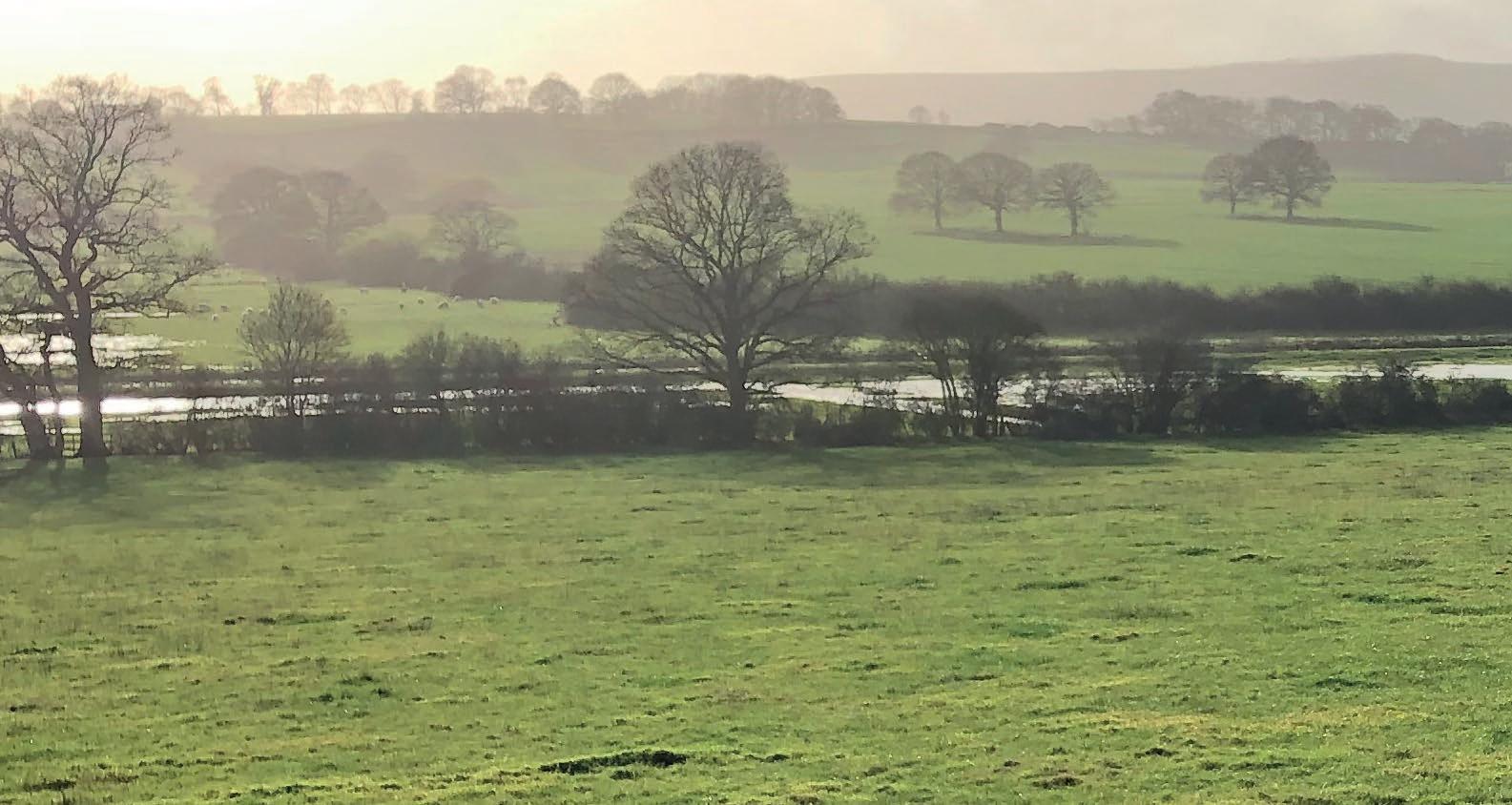Charles Abel • Climate Change
LIFESTOCK’S
carbon challenge “There is …a lot of rhetoric, emotive language and seemingly contradictory facts on the subject”
THE latest report to examine the livestock sector’s carbon headache is by turns fascinating, scary and sometimes very heavy going. But powerful insights pepper it – essential for any livestock business keen to remain relevant as the world adapts to a lowcarbon future. The take-home message from the national consortium of experts led by Dr Elizabeth Magowan, of Northern Ireland’s Agri-Food and Biosciences Institute is unequivocal – there’s a lot livestock farming can do, but it will struggle hugely to hit net zero. The complex biology makes it tough enough. But inefficiency, slow technological progress, poor knowledge transfer, under-investment and a paucity of reliable data exacerbate the problem. Key drivers The Committee on Climate Change wants agriculture and land-use to cut greenhouse gas emissions by 64% to support the UK’s drive for net zero by 2050. To take its share of the burden livestock farming needs to chop a whopping 18.6Mt CO2-eq from its 2018 baseline emissions.
CIEL Report Consortium Aberystwyth University, Agri-food and Biosciences Institute, Bangor University, Duchy College, Harper Adams University, University of Leeds (SMART Agri-food Systems), Newcastle University, Queen’s University Belfast (Institute for Global Food Security), Rothamsted Research, Scotland’s Rural College, University of Nottingham, UK Centre for Ecology & Hydrology, University of Edinburgh (Global Academy of Agriculture and Food Security), University of Bristol (Bristol Veterinary School) www.cielivestock.co.uk/net-zero-carbon-and-uk-livestock/
06 • The Farmers Club Spring/Summer 2021
Livestock farming has a carbon headache. Charles Abel reviews a key report from the Centre for Innovation Excellence in Livestock How doable is that? The CIEL report says currently available cost-effective mitigation strategies might cut total agricultural emissions by 7.1Mt CO2-eq by 2035. That’s less than a fifth of what’s needed, leaving 15 years to deliver the remaining 80%! It’s a stark contrast to the NFU’s ambitious 11.5MtCO2-eq reduction by 2035. With almost half of all agricultural emissions coming from ruminant livestock, especially methane, the sector clearly has its work cut out. Efficiency A glimmer of cheer is that carbon output per unit of production is well below many other countries. So, whilst UK dairying has Europe’s third worst total carbon footprint, it ranks sixth best when scaled to yield. It is also argued that carbon footprints should be measured against the nutritional benefit of produce, not just weight. Nutritional density, or digestibility and bioavailability, should be the real bottom lines, something the National Food Strategy is expected to embrace. Shrinking the livestock sector is not an option. Reducing exports of carbon-efficient produce, and importing less carbon-efficient products from overseas, would be counter-productive. That is highlighted by data showing the global average grassland beef system generates 99kgCO2-eq for every 1 kg of meat produced, compared to 48kgCO2-eq in the UK. The figures for lamb (40kg v 37kg), milk (3kg v 2kg), pigs (12kg v 12kg) and poultry (10kg v 10kg) tell a similar story. The best prospect for pursuing net zero seems to be efficiency. Spreading emissions across more output helps. Implementing best practice across










